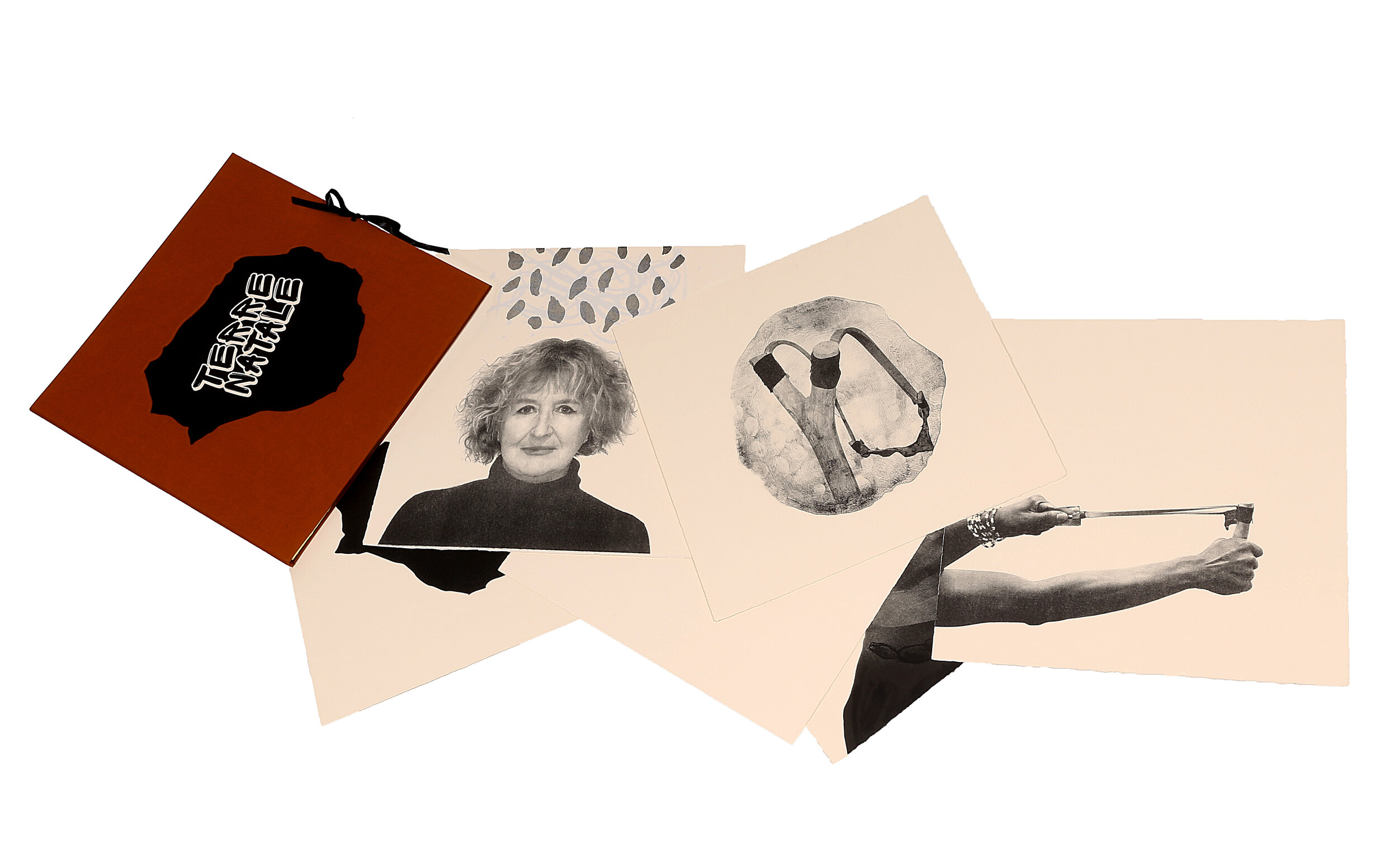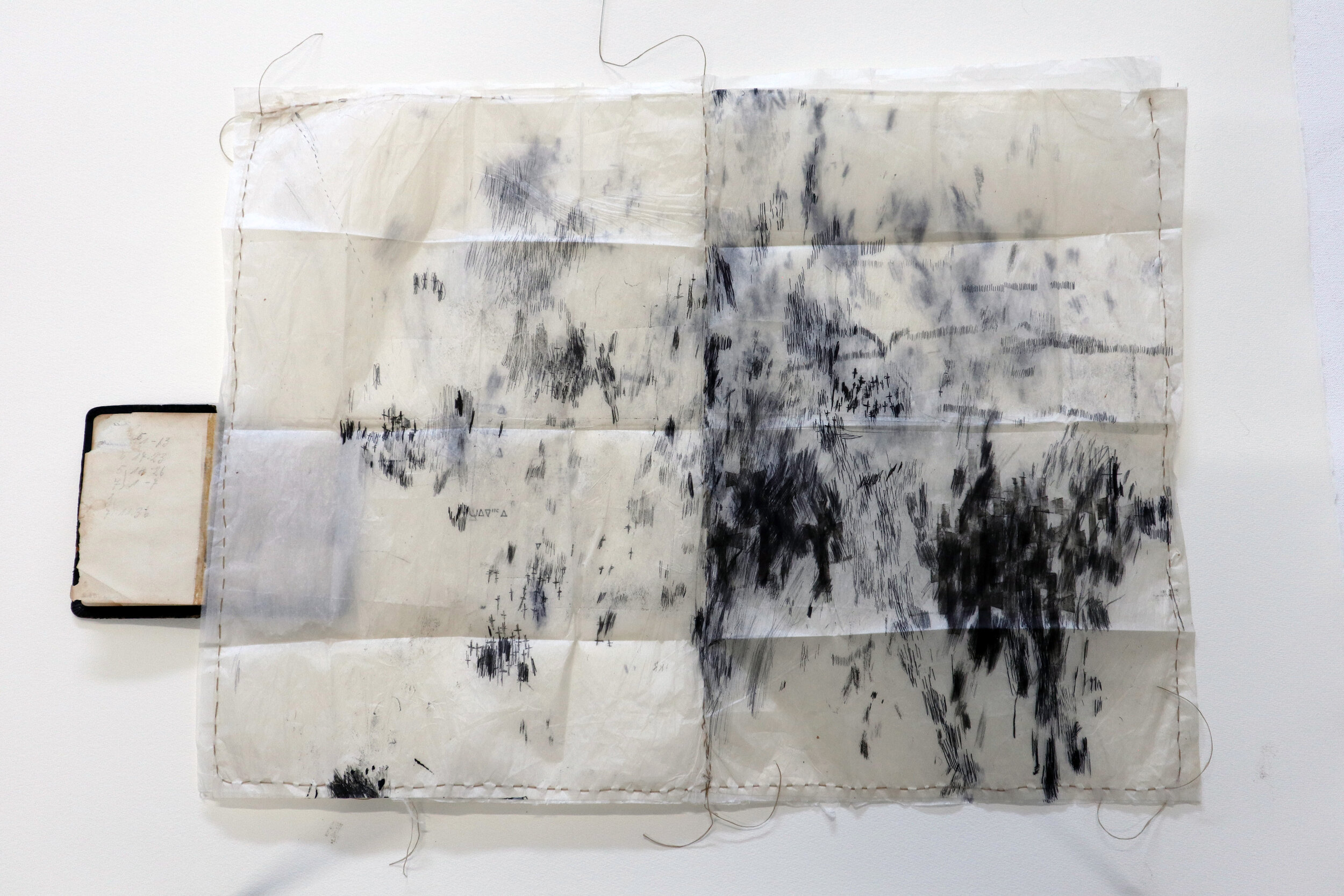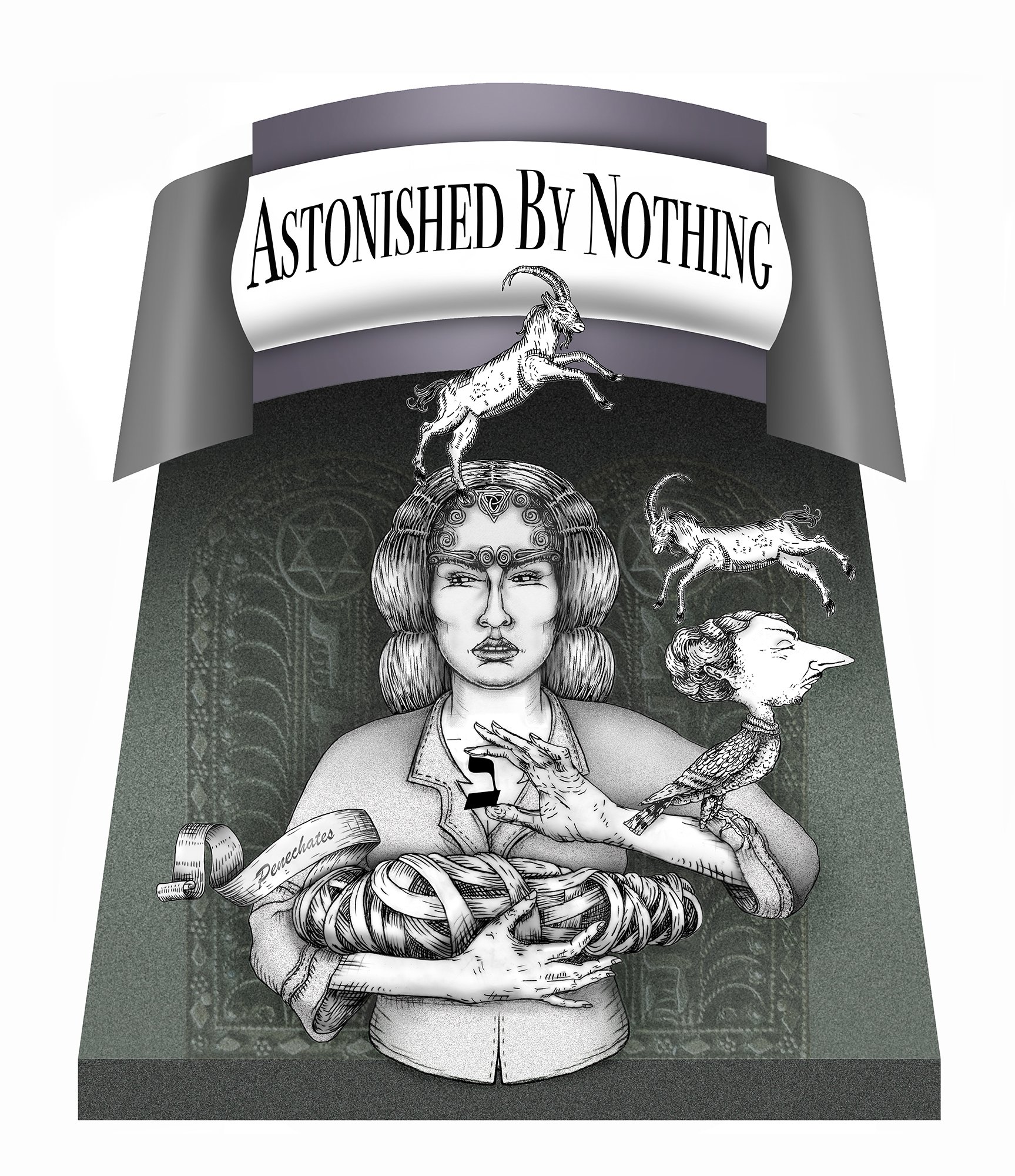
ANTHEM: EXPRESSIONS OF CANADIAN IDENTITY
A physical exhibition opened in Fall 2023 at the Canadian Language Museum
Land Acknowledgment
The Canadian Language Museum (CLM) is situated on the Glendon campus of York University, and acknowledges its presence on the traditional territory of many Indigenous Nations. This area is known as Tkaronto, meaning “the place where the trees stand in water,” and has been cared for by the Anishinabek Nation, the Haudenosaunee Confederacy, and the Huron-Wendat since time immemorial. It is now home to many First Nations, Inuit, and Métis communities. We acknowledge the current holders of the Toronto Purchase (Treaty 13), the Mississaugas of the Credit First Nation. This territory is also subject of the Dish With One Spoon Wampum Belt Covenant, an agreement to peaceably share and care for the Great Lakes region.
The CLM’s mission is to share languages from diverse Indigenous and settler communities across Canada. It is important for us to recognize this land and the many peoples who have lived upon it, as the generations of people coming together here have shaped the many languages spoken in Canada today. We understand that language is a complex subject for many; it can represent how cultures have been both torn from and nurtured by communities. Wherever you are reading this, we ask you to reflect upon the lands that you currently occupy, as well as how you can take steps towards reconciliation in order to show gratitude for the Indigenous peoples who have cared for those lands since time immemorial.














From the Exhibition Team
ANTHEM: Expressions of Canadian Identity invites artists with roots in Canada to interrogate the meaning of the anthem’s lyrics and their relation to national and individual identity, as well as reflect on the lands upon which they personally live, work, and learn. Through this exhibition, we welcome audiences to reflect upon the often dissonant nature of Canadian identity as both a product of colonialism and a sense of belonging for many. We hope that the artworks spur discussion about how you have come to be on this land, the importance of language, and what being “Canadian” means to each of us.
Cayleigh Eccles, Jessica Lanziner, Megan Sue-Chue-Lam

The book form is one model of knowledge that can be stored, passed down, translated, interpreted and recited as an archival vessel that is associated with language. The artist's role in this exhibition is to consider the artist's book as a dissected form of language that investigates one's own definition of the theme, in new ways.
Are we defined by the surrounding landscape, in how we give names to places, recognition of race, family bonds, tribal ritual, or ancestral instinct to call this land our home?
Who are we?
Where are we?
What are we?
The exhibition seeks not to necessarily have a conclusion that gives closure to the question; but rather invites an open and concentrated observation into the complexities our country, individual perspectives, multiple languages, relations to place, as a collective identity.
Time has already addressed several words in our national anthem in a different light: therefore this exhibition is an opportunity for an audience to also consider these same questions for themselves.
Derek Besant, Exhibition Curator
Director’s Statement
The Canadian Language Museum is delighted to host this exhibit of outstanding art from across the country. One of the CLM’s central goals is to facilitate dialogue on language issues that are at the heart of Canadian society. What could be more central to Canadian society than our national anthem? This exhibit gives us an opportunity to reflect upon the meaning of words that are integral to our sense of citizenship – words like ‘home’ and ‘land’. What do these words mean to us as individuals? The artists whose works are gathered here have thought deeply about these concepts and their works offer us different ways to think about Canadian identity.
As we reflect on our anthem’s lyrics, we consider not only what these words symbolize for ourselves, but also whether they are inclusive for everyone living in Canada. Does our anthem give everyone an equal voice? Some of the proudest Canadians are those who chose to move to this country, often through much hardship. Is it appropriate to sing of our ‘native’ land? Or ‘terre de nos aïeux’? What can we learn from those whose ancestors were truly native to this land, the Indigenous nations, about the impact of these words, and of the anthem itself? It is important that we reflect carefully on the current lyrics to ensure that they are indeed appropriate to carry us forward with pride.
The Canadian Language Museum encourages you to engage thoughtfully with these artworks and to participate in this debate.
Elaine Gold, Canadian Language Museum






